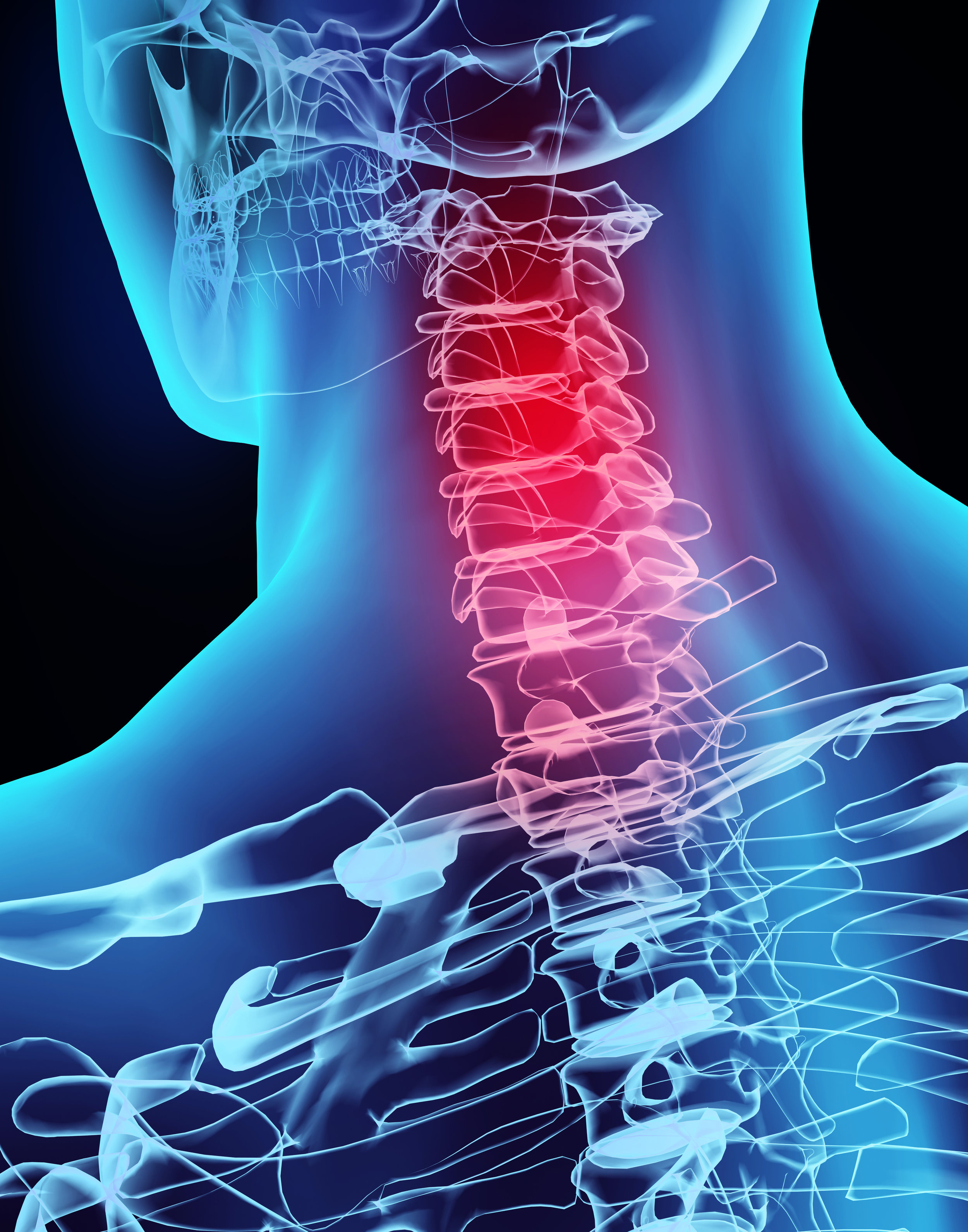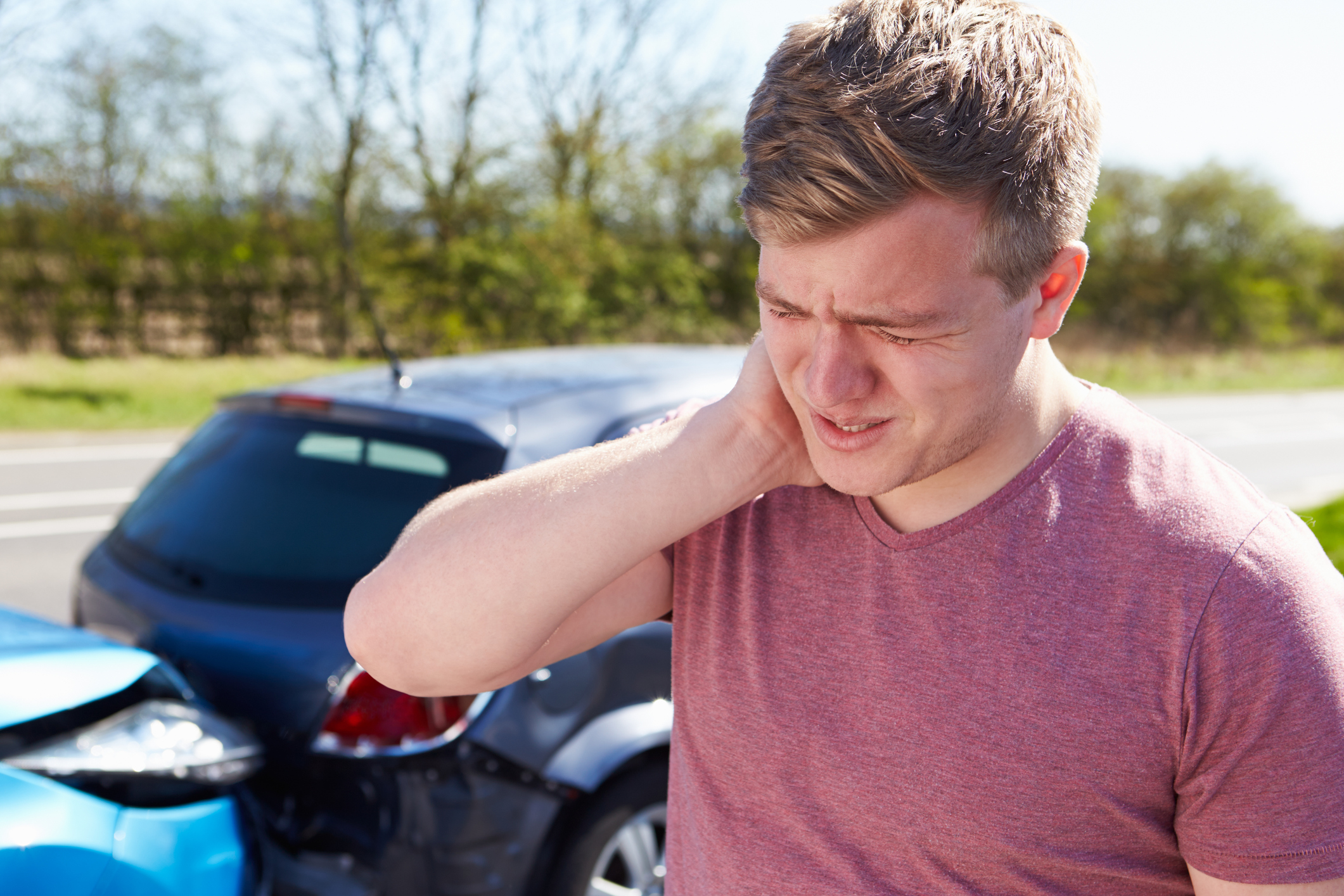Common Car Accident Injuries
Automobile accidents are the leading cause of death among people younger than 30 years old, causing over 1.25 million of deaths worldwide. Even more people are injured every year in car accident. According to the World Health Organization, up to 50 million of people are injured in traffic accidents every year. 1
Here in the United States, over 2.35 million people are injured in traffic accidents every year. 2
The most common causes of traffic accidents and injuries are speeding, driving under the influence, not using seat-belts, helmets, distracted drivers, unsafe vehicles or road infrastructure, etc. 1
Some of the most common injuries are Whiplash injury, sprains and strains, head injuries, back injuries, chest injuries, etc. 3
In this article, Northern Virginia personal injury lawyer Beau Correll will review several of the most common injuries caused in car accidents.
Whiplash injury
Whiplash injury is the most common injury in car accidents and it’s constantly on the rise. Over half of patients involved in motor vehicle accidents have symptoms of whiplash injury. 4
Whiplash injury occurs in the neck and is caused by a combination of quick acceleration and deceleration. In most cases it is caused by being struck in the back. At the moment of impact, vehicle will suddenly accelerate, causing the head to go backwards and neck will extend, snapping forward. In the next stage, the head will go forward and neck will flex. This causes stretching of neck muscles, ligaments, nerve roots and other structures located in the neck. 4
Oddly, there is a strong link between wearing a seatbelt and increase of whiplash injuries in car accidents. In the UK, wearing a seatbelt has been mandatory since 1983. The incidence of whiplash injury prior to 1983 was around 7.7%, but the next year it was 20.5%. In year 2000, it was around 57%. 4 Still – keep wearing your seatbelt because the injuries sustained as a result of not wearing a seatbelt can be much worse!
The quick acceleration and deceleration that can cause whiplash seems to effect women differently. A study by Krafft et al. (2010), showed that there is a higher risk of disability for females, especially rear seat passengers. 5
Severity of whiplash symptoms depends on a number of different factors which include age, sex, type of accident, vehicle speed at the moment of impact, and whether a seatbelt was worn.
When a prospective client visits our personal injury law firm, they may complain about neck pain, stiffness, and tenderness. Some will have neck muscle spasms, decreased range of motion of the neck, tingling towards the head or down the arms, numbness, loss of strength, etc. 6
The diagnosis of whiplash injury right after the accident can sometimes be tricky, because there are no radiographic signs which clearly confirm the diagnosis. 7 At the initial stage, diagnosis is based on the patient’s description of accident and physical examination.
Correll Law Firm, PC is experienced in handling car accident cases involving whiplash – many times a patient must be aggressive to seek treatment or the symptoms may worsen.
Sprains and Strains
Sprains and strains are very common injuries in car accidents. The mechanism of injury is the same as whiplash, only the injured tissue is different. In case of sprains, ligaments are stretched or torn while in strains, damaged tissues are the muscles and tendons. 8
In case of car accidents, sprains and strains are caused by a sudden blow to the body. In most cases, the injured body part will have an unnatural position at the moment of impact (hand on a steering-wheel, ankle on the gas pedal, brake or clutch in case of driver. In case of passengers, arms are usually injured when arm hits the car door or front seat). The driver and passengers will most likely injure their ankles or wrists, although knee injuries are not rare either. 9
If a driver and passenger are restrained, such as by a seatbelt, then almost 70% of injuries which occur in a frontal car accident are below the knee. 10
Most patients with sprains/strain complain about pain, swelling, bruising, limited range of motion of injured joint/muscle, and in case of rupture there can be a feeling or sound of a “pop.” 8
Most sprains/strains are treated using RICE (rest, ice, compression, elevation) and in most cases the injury resolves within a few weeks. But for more serious injuries (such as tendon rupture), a surgery is the only right solution. 8 Many times, sprain/strain can result in permanent damage such as ligament laxity.
Head Injury
Head injuries, such as traumatic brain injury, are not that uncommon in car accidents. Still, most are caused by motor vehicle accidents. 11
Mechanism of head injuries in car accidents are well known: sudden deceleration or stopping of vehicle causes the body and head to snap forward. In case of unrestrained passengers, the head can hit something in the car (steering wheel, windshield, etc.). But even restrained passengers are not 100% safe from head injuries. They are more susceptible to acceleration-deceleration brain injuries. In this case, the brain will move backward in the skull once the head and body move forward and in the next step when body stops, the brain will go forward. This causes the brain to hit the inner sides of the skull and injury of the brain tissue which can have serious consequences. 12
Type and severity of head injury depends on a number of different factors which include age, sex, type of accident, using a seat belt, car manufactory date, etc. Most common are head contusions, lacerations, concussions, and the most severe is severe traumatic brain injury. Over 40% of patients will have lacerations after an accident. 13
One of the most important factors for head injuries is wearing a seat belt. Studies support common sense. A study by Javouhey et al. (2006), claims that there is a significantly higher risk of severe traumatic brain injury to unrestrained passengers. 14
The outcome of head injury depends on the type and severity of head injury. Head contusions, lacerations and concussions will heal within a few days or weeks. On the other hand, severe traumatic brain injury can lead to death or have serious health consequences. 15
One common brain injury is called “traumatic brain injury” or TBI, for short. It can be classified as a mild traumatic brain injury or severe. TBIs can include as short as a temporary to as much as permanent impairment in the brain’s vital functions. Blunt force trauma can cause swelling in the skull, which can lead to disability or death. The National Center for Injury Prevention and Control found that young child and kids between 15 to 19, as well as senior citizens, are most likely to geta TBI.
If you or a loved one are injured as a result of an automobile accident in northern Virginia or are looking for attorneys in Winchester, VA, reach out to us over the web or calling us at (540) 535-2005.
References:
1. WHO, Global status report on road safety 2015, retrieved from https://www.who.int/mediacentre/factsheets/fs358/en/
2. Association for safe international road travel, Annual Global Road Crash Statistics, retrieved from
3. FindLaw, Types of Car Accident Injuries, retrieved from https://injury.findlaw.com/car-accidents/types-of-car-accident-injuries.html
4. C.S.B. Galasko, P. Murray, W. Stephenson, Incidence of whiplash-associated disorder. BCMJ, Vol. 44, No. 5, June, 2002, page(s) 237-240 — Articles. https://www.bcmj.org/article/incidence-whiplash-associated-disorder
5. M. Krafft, A. Kullgren, A. Lie, C. Tingvall , The Risk of Whiplash Injury in the Rear Seat Compared to the Front Seat in Rear Impacts, Traffic Injury Prevention, 4:2, 136-140, DOI: 10.1080/15389580309862 https://www.tandfonline.com/doi/abs/10.1080/15389580309862
6. Ioppolo, F., & Rizzo, R. (2014). Epidemiology of Whiplash-Associated Disorders. Whiplash Injuries, 13-16. doi:10.1007/978-88-470-5486-8_2 https://link.springer.com/chapter/10.1007%2F978-88-470-5486-8_2
7. Yadla, S., Ratliff, J., & Harrop, J. (2007). Whiplash: diagnosis, treatment, and associated injuries. Current Reviews In Musculoskeletal Medicine, 1(1), 65-68. doi:10.1007/s12178-007-9008-x https://www.ncbi.nlm.nih.gov/pmc/articles/PMC2684148/
8. Sprains and strains – Symptoms and causes. (2018). Mayo Clinic. Retrieved 9 March 2018, from https://www.mayoclinic.org/diseases-conditions/sprains-and-strains/symptoms-causes/syc-20377938
9. Sprains, Strains and Other Soft-Tissue Injuries – OrthoInfo – AAOS. (2018). Orthoinfo.aaos.org. Retrieved 9 March 2018, from https://orthoinfo.aaos.org/en/diseases–conditions/sprains-strains-and-other-soft-tissue-injuries/
10. Pattimore, D., Ward, E., Thomas, P., and Bradford, M., “The Nature and Cause of Lower Limb Injuries in Car Crashes,” SAE Technical Paper 912901, 1991, https://doi.org/10.4271/912901. https://www.sae.org/publications/technical-papers/content/912901/
11. Farghaly, A., El-Khayat, R., Awad, W., George, S. (2018). “Head Injuries in Road Traffic Accidents”. https://www.researchgate.net/publication/268048904_Head_Injuries_in_Road_Traffic_Accidents
12. Mechanisms of Injury | TBI Basics. (2018). Braininjuryeducation.org. Retrieved 9 March 2018, from https://braininjuryeducation.org/TBI-Basics/Mechanisms-of-Injury/
13. Brookes, M., MacMillan, R., Cully, S., Anderson, E., Murray, S., Mendelow, A., & Jennett, B. (1990). Head injuries in accident and emergency departments. How different are children from adults?. Journal Of Epidemiology & Community Health, 44(2), 147-151. doi:10.1136/jech.44.2.147 https://jech.bmj.com/content/44/2/147?ijkey=1357f56dad00c9dd106797d03ccfd21fec378446&keytype2=tf_ipsecsha
14. Javouhey E, e. (2018). Incidence and risk factors of severe traumatic brain injury resulting from road accidents: a population-based study. – PubMed – NCBI . Ncbi.nlm.nih.gov. Retrieved 9 March 2018, from https://www.ncbi.nlm.nih.gov/pubmed/16242108
15. TBI: Get the Facts | Concussion | Traumatic Brain Injury | CDC Injury Center . (2018). Cdc.gov. Retrieved 9 March 2018, from https://www.cdc.gov/traumaticbraininjury/get_the_facts.html


